There is another world in Mediation
Page updated on 22/10/2024
Intercultural Mediation
The Intercultural Mediator carries out Mediation activities between immigrant citizens and local society, promoting, supporting and accompanying both Parties:
- in removing cultural and linguistic barriers;
- in the promotion of the culture of hospitality and socio-economic integration in the area;
- in the knowledge and practice of the rights and duties in force in Italy, in particular in the access and use of public and private services.
The Intercultural Mediator collaborates with public and private organizations and institutions in the process of adapting the services offered to immigrant users and operates in all situations of communication and/or understanding difficulties between people of different cultures, in order to dispel misunderstandings or potential conflicts due to a different system of cultural codes and values.
The intercultural mediator knows the linguistic and cultural codes of the migrant population of reference.
- The intercultural mediator and his fields of action
- Healthcare sector
- Socio-educational and cultural sector
- Security sector
- Public administration sector
- Business and self-entrepreneurship sector
Characteristics
Intercultural mediation must be
- Creator
In the sense that one of its purposes is to create new bonds between people or groups that did not exist before, bonds that benefit both parties involved.
- Renovator
It is to the extent that it allows for the improvement of the already existing links between the Parties to the Mediation, links that had deteriorated or loosened before the
conflict.
- Preventive
It is in the sense that it anticipates and foresees the conflict in gestation between people or group. Knowing where the conflict will be produced is very important for a good Mediator.
- Curative
Mediation is whenever a Mediator comes into play when the conflict already exists and assists and helps people and groups to find solutions, to choose ways out of the conflict.
What does it do?
The tasks of the Intercultural Mediator consist of the following activities:
- Analysis of the needs and resources of the Mediation beneficiary
- Information collections about the nature of needs
- Development of pathways and intervention programs for access to the service system
- Immigrant user/services relationship orientation
- Provision of training/information interventions on territorial services and related procedures and regulations
- Assistance to the service operator in encoding the expressed request
- Provision of training/information interventions to support social integration
- Understand and interpret language and meanings of communication in a foreign language
- Listening and communicating with others
- Identify and distinguish any problems also due to the dimension experienced and poor linguistic mastery
- Decode and transmit verbal and non-verbal communication codes to the Parties involved in the communication process
- Provide elements of understanding of the communication and relationship methods of different cultures
- Identify the obstacles that prevent an effective communication relationship
- Interpreting the needs and requirements of the Parties
- Recognize the cultural, personal and professional characteristics of the immigrant as resources to be enhanced in the different contexts of reference
- To transfer to the Parties elements of knowledge of the historical-cultural and social reality of Italy and Europe to the immigrant and to the Italian person that of the immigrant
- Explain models and rules of public and private utility services
- Make immigrants aware of their rights and duties in relation to the social context of reference
- To convey to the service operator elements of knowledge of the culture that the immigrant is a bearer of
- Translate the individual's needs and resources into intervention programs







